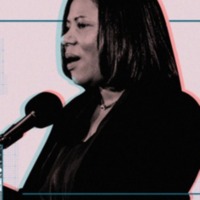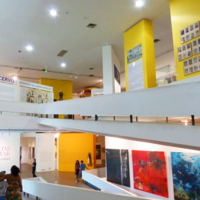
Natalicia Tracy
There are an estimated 57,700 people in modern slavery in the US according to GSI estimates. The US attracts migrants and refugees who are particularly at risk of vulnerability to human trafficking. Trafficking victims often responding to fraudulent offers of employment in the US migrate willingly and are subsequently subjected to conditions of involuntary servitude in industries such as forced labour and commercial sexual exploitation. Natalicia was working in Brazil when her employers invited her to come with them to Boston to care for their toddler. It was agreed that she would work for 2 years for $100 a month. However, upon arriving in the US Natalicia was made to do not just childcare but household work as well, working long hours with no rest. Natalicia developed asthma from inhaling cleaning products, however she was deprived of medical care. After 2 years, the family returned to Brazil, however Natalicia decided to stay in the US, finding work with another couple who she worked for, for 14 years

Museu Afro Brasil
First opened in 2004, the Museu Afro Brasil is a contemporary museum which seeks to showcase the contributions of black communities to Brazil and its culture. There are over six thousand objects in the collection, including paintings, sculpture, photographs, ceramics and textiles. Through all of these items the museum illustrates the creative nature of Brazilian people. The exhibitions grew from the private collection of visual artist Emanoel Araujo who has led the museum as Director since its opening. The site also houses a theatre and a specialised library.
In its permanent exhibition space, which displays around seventy percent of its collections, the Museu Afro Brasil emphasises the rich culture of the African continent from the fifteenth century through to today. There are a variety of art mediums and artefacts on display, including masks, sculpture, jewellery and archival material.
These objects link to social themes, such as celebrations and religions, amongst communities of African descent in Brazil. There is also a section that explores the memory of key figures in the Afro-Brazilian community. Another explores the work done by these communities. Historically, this area examines the work done when many African people in Brazil were enslaved. The display features a model sugar mill, different kinds of tools for use on plantations, and sugar loaf moulds.